Photoelectric current still continues when the anode is even at a slight negative potential with respect to the photo cathode. Explain.
Emitted photoelectrons possess some initial kinetic energy. Hence, a few electrons can reach the anode overcoming the repulsive force of the negative potential. If the value of the negative potential is not too high, photoelectric current continues to flow.
Topper's Solved these Questions
- QUANTUM THEORYBOOK - CHHAYA PUBLICATIONCHAPTER - QUANTUM THEORYEXERCISE - NCERT Textbook Questions with Answer Hint
19 Videos
- QUANTUM THEORYBOOK - CHHAYA PUBLICATIONCHAPTER - QUANTUM THEORYEXERCISE - NCERT Exemplar Questions with Answer HINT
8 Videos
- QUANTUM THEORYBOOK - CHHAYA PUBLICATIONCHAPTER - QUANTUM THEORYEXERCISE - Section Related Question
18 Videos
- OPTICAL INSTRUMENTSBOOK - CHHAYA PUBLICATIONCHAPTER - OPTICAL INSTRUMENTSEXERCISE - CBSE SCANNER
8 Videos
- QUESTION PAPER OF NEET 2017BOOK - CHHAYA PUBLICATIONCHAPTER - QUESTION PAPER OF NEET 2017EXERCISE - QUESTION PAPERS OF (NEET) (2017)
39 Videos
Similar Questions
The graph between photo electric current and cathode potential when the anode is kept at zero potential, for light of two different intensities out of the same frequency looks like the one:
View SolutionWhat is photoelectric effect? Explain experimentally the variation of photoelectric current with (i) the intensity of the incident light (ii) the potential difference between the plates and (iii) the frequency of the incident light and hence state the laws of photoelectric emission.
View Solution
Knowledge Check
The graph between photo electric current and cathode potential when the anode is kept at zero potential, for light of two different intensities out of the same frequency looks like the one:
A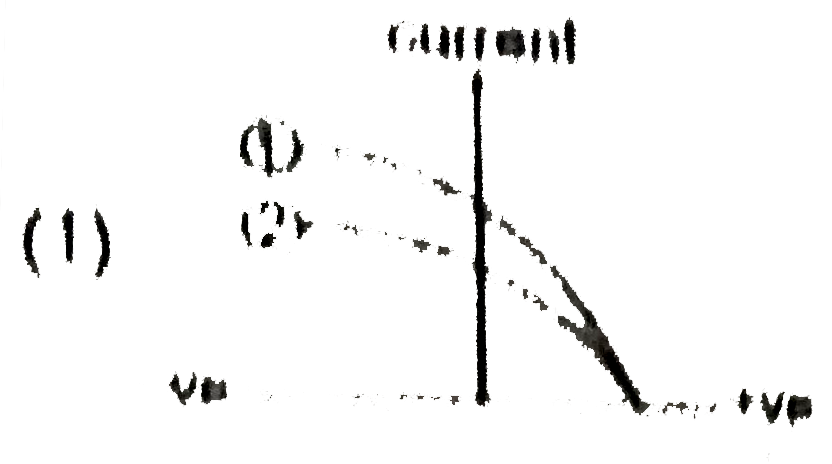 B
B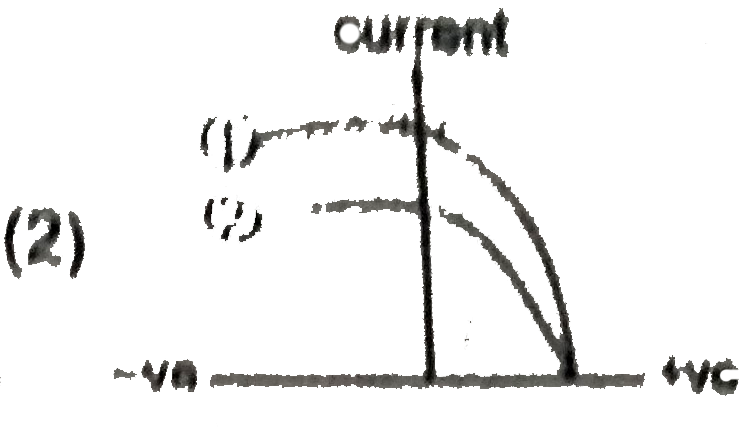 C
C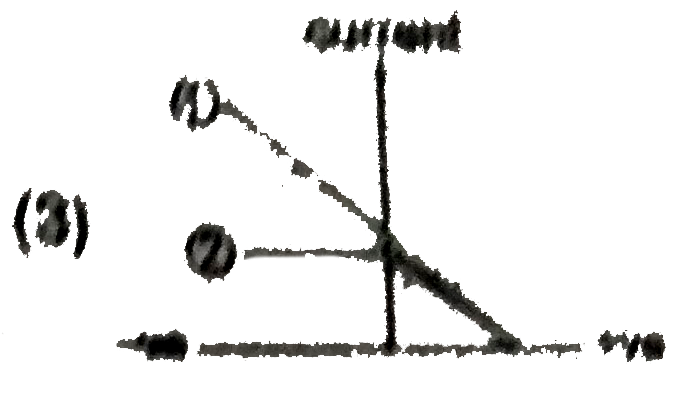 D
D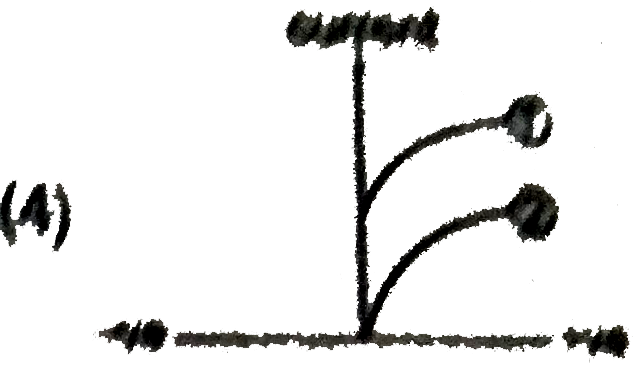
A photoelectric cell gives zero current when maintained at 2V negative potential. The energy of most energetic photoelectrons is
A2eVB2JC4eVD4JIn the following figure the curves have been drawn between the photoelectric current and the potential difference applied at the cathode with respect to anode at four different intensities, the stopping potential is represent by
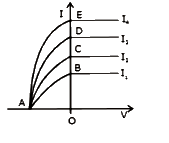 AOABOBCOCDOD
AOABOBCOCDOD
The maximum energy of the photoelectrons emitted in a photocell Is 5eV. For no photoelectron to reach the anode, the potential difference of the anode with respect to the photo sensitive plate should be :
View SolutionLight coming from a discharge tube filled with hydrogen falls on the cathode of the photoelectric cell. The work function of the surface of cathode is 4eV Which one of the following values of the anode voltage (in volts ) with respect to the cathode willl likely to make the photoo current zero.
View SolutionLight from a hydrogen discharge tube is made incident on the cathode of photoelectric cell. The work function of the cathode surface is 3.1 eV. In order to reduce the photoelectric current to zero value, the minimum potential applied to anode with respect to cathode should be
View SolutionLight coming from a discharge tube filled with hydrogen falls on the cathode fo t he photoelectric cell. The work function of the surface of cathode is 4eV. Which one of the following values of the anode voltage (in volts) with respect to the cathode will likely to make the photo current zero?
View SolutionLight coming from a discharge tube filled with hydrogen falls on the cathode of the photoelectric cell. The work function of the surface of cathode is 4eV Which one of the following values of the anode voltage (in volts ) with respect to the cathode willl likely to make the photoo current zero.
View Solution
